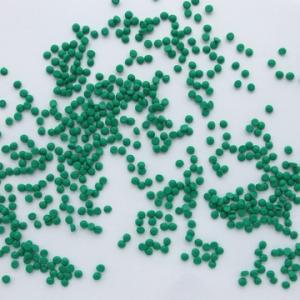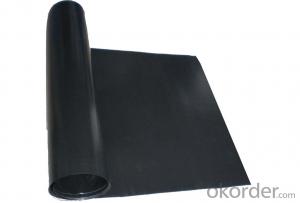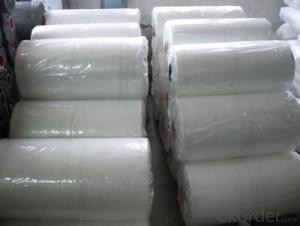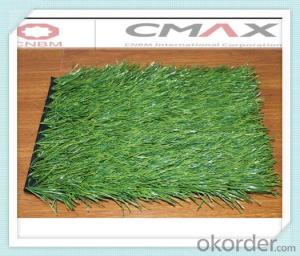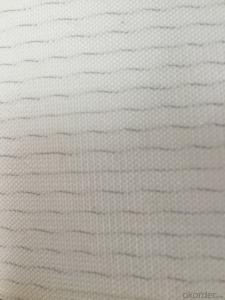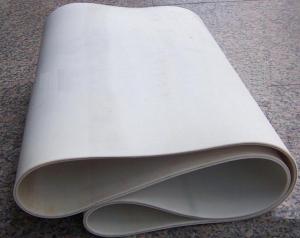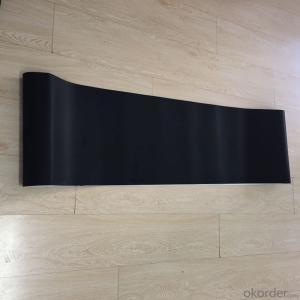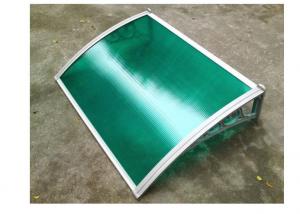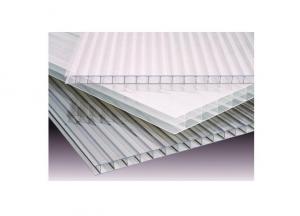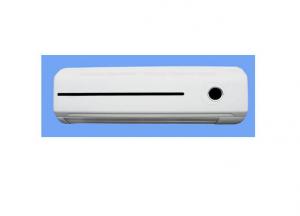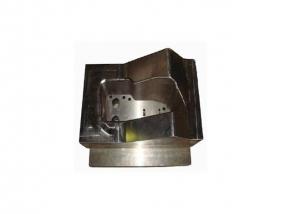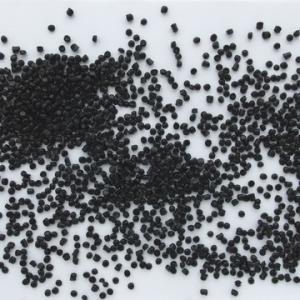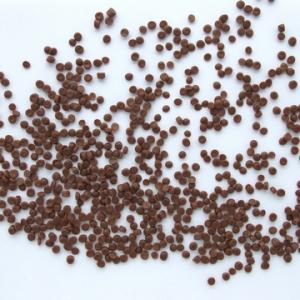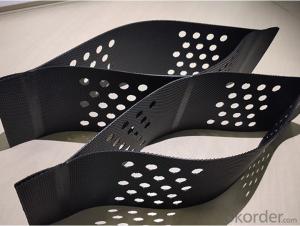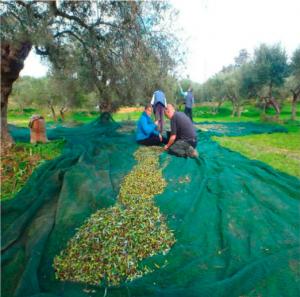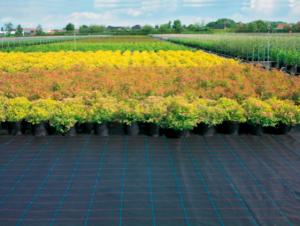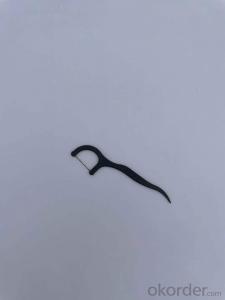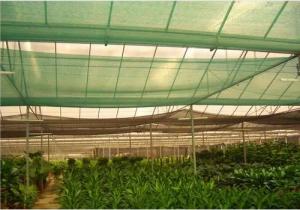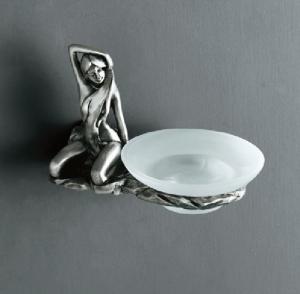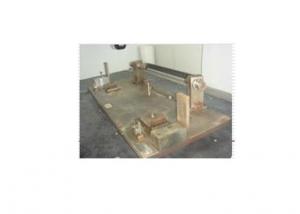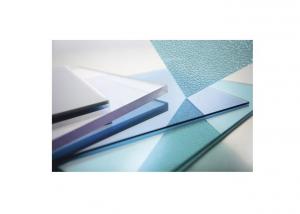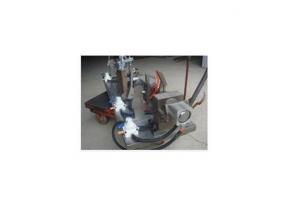SR High Speed PVC Insulating Compound
- Loading Port:
- Shanghai
- Payment Terms:
- TT OR LC
- Min Order Qty:
- -
- Supply Capability:
- 3000 Tons kg/month
OKorder Service Pledge
OKorder Financial Service
You Might Also Like
SR High Speed PVCInsulating Compound
I. Type andapplication
Type | Product | Application and Cable Specification |
2701N | 70℃ PVC insulating compound | PVC insulating compound for programmable exchanger wires. The extrude speed could be more than 1200m/min |
2801N | 80℃PVC insulating compound | PVC insulating compound for programmable exchanger wires. The extrude speed could be more than 1200m/min |
5801N-SR-1 | 80℃semi-hard PVC insulating compound | Applied to jumper wire of BT net 7000, 8000 and 9000 as insulation. |
5801N-SR | 80℃semi-hard PVC insulating compound | UL80℃semi-hard PVC as insulation. |
II. Productdescription
High speedPVC insulating compound for programmable exchanger wires, based onPVC resin, is made into granula by mixing, plastification and granulation withadding plasticizer, stabilizing agent, lubricant, modifying agent and etc.
III. Processing
It is recommended that compound should beprocessed with common extruder having a minimum L/D ratio of 20.
The following temperature(℃) profile of extruder is recommended:
Zone | Zone 1 | Zone 2 | Zone 3 | Zone 4 | Head | Die |
Temperature ℃ | 150 | 165 | 175 | 180 | 180 | 175 |
IV. Storageand transport
Packaging:25kg/bag,PE membrane inside bag and Kraft outside bag.
Storage and transport: Avoiding in directsunlight and weathering. The storage place should be in clean, cool, dry, andventilated conditions.
V. Properties
Table
Item | Unit | Standard Value | |||
2701N | 2801N | 5801N-SR-1 | 5801N-SR | ||
Tensile Strength | ≥ MPa | 18.0 | 18.0 | 30.0 | 24.0 |
Elongation at Break | ≥ % | 150 | 150 | 100 | 150 |
Impact Brittleness Temperature | ℃ | -15 | - | - | -10 |
Volume Resistivity, at 20℃ | ≥Ω﹒m | 1.0×1012 | 1.0×1012 | 1.0×1012 | 1.0×1011 |
Volume Resistivity, at 70℃ | ≥Ω﹒m | 1.0×109 | 1.0×1010 | - | - |
Dielectric Strength | ≥ MV/m | 22 | 22 | 20 | 20 |
Thermal Stability Time at 200℃ | ≥ min | 60 | 80 | 120 | 80 |
Hot Deformation | ≤ % | 40 | 40 | 40 | 40 |
Thermal Aging |
|
|
|
|
|
Aging Temperature | ℃ | 100±2 | 120±2 | 80±2 | 113±1 |
Aging Time | h | 168 | 168 | 168 | 168 |
Tensile Strength after aging | ≥ MPa | 18.0 | 18.0 | - | - |
Variation on Tensile Strength | % | ±20 | ±20 | ≥80 | ≥80 |
Elongation at Break after aging | ≥ % | 150 | 150 | - | - |
Variation on Elongation at Break | % | ±20 | ±20 | ≥80 | ≥75 |
Loss of Mass after aging | ≤ g/m2 | 20 | 20 | 10 | - |
- Q:Can olive nets be used in conjunction with other harvesting methods?
- Yes, olive nets can be used in conjunction with other harvesting methods. Olive nets are commonly used to collect the fallen olives during mechanical harvesting or shaking the tree branches. They can also be used in combination with handpicking or raking methods, where the nets are spread under the tree to catch any olives that are missed or dropped during the process. This helps to maximize the efficiency of harvesting and ensures that no olives are wasted.
- Q:How do olive nets prevent olives from being damaged by sunscald?
- Olive nets prevent olives from being damaged by sunscald by providing shade and reducing direct exposure to sunlight. This helps to regulate the temperature around the olives, preventing them from overheating and becoming sunburned.
- Q:Do olive nets impact the natural dispersal of olive tree seeds?
- Yes, olive nets can impact the natural dispersal of olive tree seeds. These nets are typically used to prevent the olives from falling to the ground, ensuring a higher yield for harvest. However, they can also hinder the natural dispersal mechanisms of olive tree seeds, as the nets can prevent the seeds from being dispersed by wind or by animals. This can potentially limit the spread of olive trees and impact their natural regeneration processes.
- Q:Can olive nets be used in regions with limited access to water resources?
- Yes, olive nets can be used in regions with limited access to water resources. Olive trees are known for their ability to withstand drought conditions, requiring less water compared to many other crops. Additionally, the use of olive nets helps to retain soil moisture and reduce evaporation, making them suitable for regions with limited water availability.
- Q:Are olive nets resistant to weather conditions?
- Yes, olive nets are designed to be resistant to various weather conditions. They are typically made from durable materials that can withstand exposure to sunlight, rain, wind, and temperature fluctuations, ensuring their longevity and effectiveness in protecting the olives from external factors.
- Q:Can olive nets be used in regions with limited sunlight?
- Olive nets can be used in regions with limited sunlight, but their effectiveness may be compromised. Olive trees require a certain amount of sunlight to grow and produce fruits optimally. Limited sunlight can negatively affect the tree's growth, fruit quality, and overall yield. However, olive nets can still provide some protection against pests and birds, which can be beneficial in regions with limited sunlight. It is important to consider other factors such as climate, soil conditions, and the specific olive tree variety when determining the feasibility of using olive nets in such regions.
- Q:Do olive nets require any maintenance during the growing season?
- Yes, olive nets do require maintenance during the growing season. They need to be regularly inspected and adjusted to ensure they are properly covering the olive trees and preventing birds from accessing the fruits. Additionally, any damaged or torn portions of the nets should be repaired or replaced promptly to maintain their effectiveness.
- Q:Are there any alternative methods to using olive nets for harvesting?
- Yes, there are alternative methods to using olive nets for harvesting. Some alternatives include hand picking, mechanical shakers, pneumatic harvesters, and canopy shakers. Each method has its own advantages and may be more suitable depending on factors such as the size of the orchard, labor availability, and desired harvest efficiency.
- Q:How does the cost of using olive nets compare to other harvesting methods?
- The cost of using olive nets for harvesting is generally more cost-effective compared to other methods such as manual picking or mechanical shaking. Olive nets are reusable and require minimal labor, resulting in lower overall expenses and increased efficiency.
- Q:How do you prevent olives from getting stuck in the olive net?
- To prevent olives from getting stuck in the olive net, one effective method is to regularly inspect and maintain the net to ensure it is properly installed and free of any tears or holes. Additionally, shaking the branches gently or using mechanical aids during olive harvesting can help dislodge the olives without causing them to become trapped in the net.
1. Manufacturer Overview |
|
|---|---|
| Location | |
| Year Established | |
| Annual Output Value | |
| Main Markets | |
| Company Certifications | |
2. Manufacturer Certificates |
|
|---|---|
| a) Certification Name | |
| Range | |
| Reference | |
| Validity Period | |
3. Manufacturer Capability |
|
|---|---|
| a)Trade Capacity | |
| Nearest Port | |
| Export Percentage | |
| No.of Employees in Trade Department | |
| Language Spoken: | |
| b)Factory Information | |
| Factory Size: | |
| No. of Production Lines | |
| Contract Manufacturing | |
| Product Price Range | |
Send your message to us
SR High Speed PVC Insulating Compound
- Loading Port:
- Shanghai
- Payment Terms:
- TT OR LC
- Min Order Qty:
- -
- Supply Capability:
- 3000 Tons kg/month
OKorder Service Pledge
OKorder Financial Service
Similar products
New products
Hot products
Related keywords
